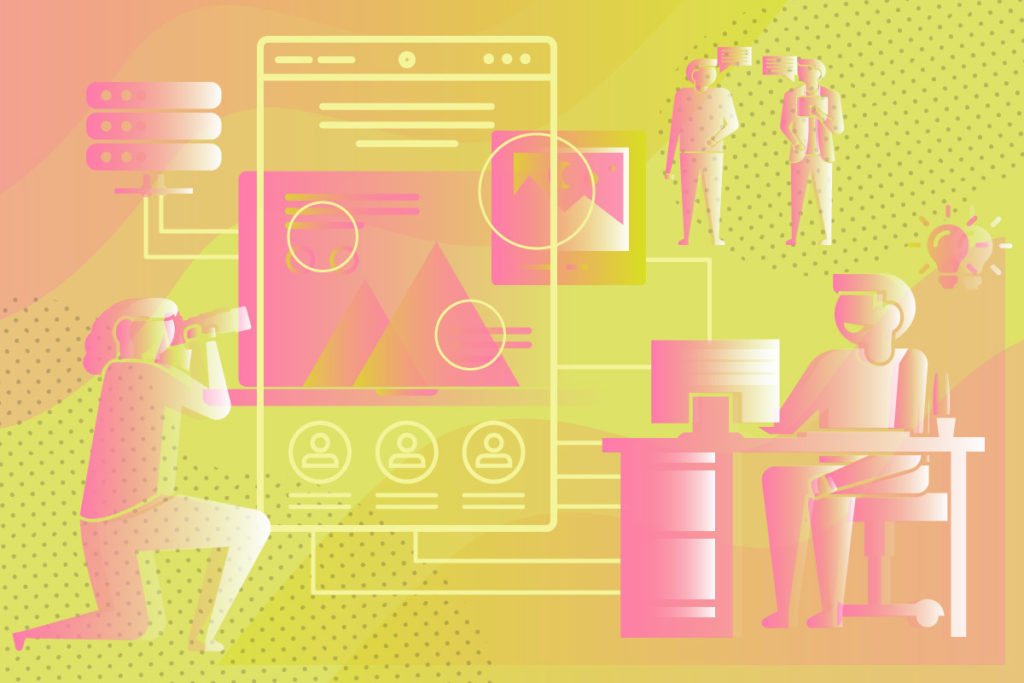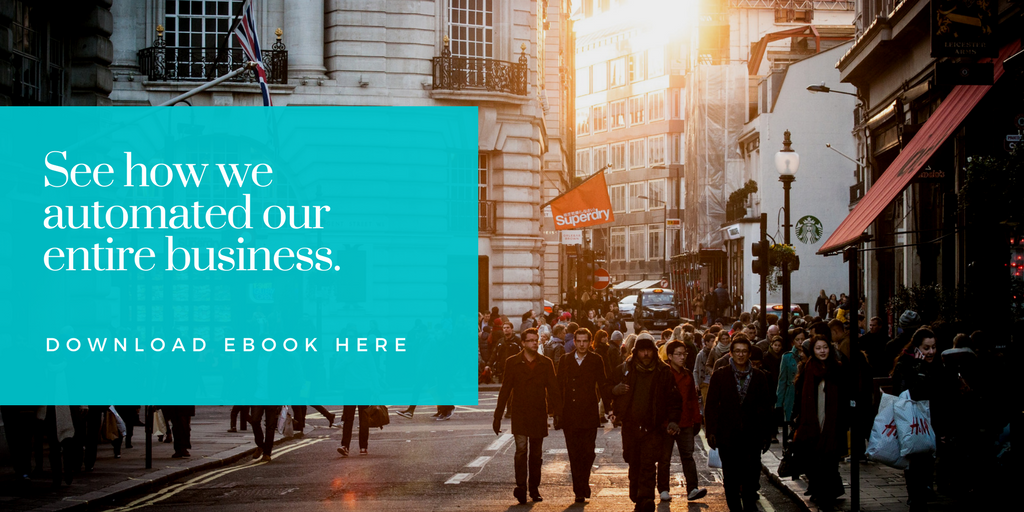Large enterprises are always looking for ways to do things better, easier, and smarter. And that’s exactly what the number 1 multinational retail corporation did for their competitive wage analysis process.
Big retailers need a comprehensive hiring and HR process. They must hire both corporate employees and hundreds of retail employees to power their stores. This requires tracking and optimizing wages for many employees with different needs based on the region they live in. By automating the manual process of competitive wage analysis using Google Cloud Vision, Parsehub, and Workato, it now takes less time and is 90% more efficient.
Keeping Wages Competitive to Keep the Business Booming
There are several stores that compete with the #1 retailer for talent. In order to keep a pulse on the competitive wages in each area, the company asks their employees to take a picture of any job listings they come across from competitors and send it to HR. On the back end, the company stores the picture and the data detailing which retailer had an ad for which position and what the salary was in their database.
Managers at the store level need to know what the competition is doing. Anyone who has employees that are paid hourly knows how critical this data is. In a retail landscape, even a dollar or two difference in hourly wage can be enough to lose an employee to a competitor. It’s the company’s priority to keep people working.

Before Workato, this process was fully manual. HR professionals had to spend time manually looking at job listings online and recording the data from them. When an employee sends a picture of an ad via email, it sits in the inbox until an HR employee looks at the picture and manually adds to the database. The HR employee then manually creates a competitive document. Overall, it takes them around 3 days to process a picture. The data is difficult to obtain and takes a long time to make use of.
Making Competitive Wage Analysis Real-Time and Hands-off with A.I.
The retailer knew there had to be a better, more efficient way to do this process. Using Workato, they were able to make the entire process real-time, giving them up-to-date HR analytics at all times.
Instead of a human scouring the web, they use ParseHub to scrape the internet for job listings from their competitors. Workato parses this data and enters it into their HR warehouse automatically, in real-time. The hours previously spent looking for listings and recording them, can now be used for higher level activities.
Now for the really cool part. When you are replacing a human task that requires reasoning, it can be difficult to imagine automating it. However, you can automate around human workflows with Workato.
When an employee texts or emails a picture of an ad, Workato picks it up and sends it to Google Cloud Vision. Google Cloud Vision uses image content analysis to translate the image into text. Now that Workato can read what was on the image, it applies taxonomy concepts in order to identify who the merchant is, what the hourly rate is, what the position is (like clerk or store manager), the benefits, and the location and then writes it in the HR warehouse.
Inevitably, there will be times when Google Cloud Vision can’t quite make out what the image says, whether due to bad lighting, or a blurry picture. When this happens, Workato will automatically escalate the image to request a human review. Instead of manually reviewing every single image, only a few need to be human reviewed, while 90% are done automatically.
This aggregated data is used to determine the competitive pay rate in each area and is now available at any time, with very little manual labor. The retailer gets a competitive wage analysis in a few minutes, not a few days. This helps them attract the best talent with competitive rates while maintaining their margins.
Want to see how other top companies are automating their processes? Download our free book.


